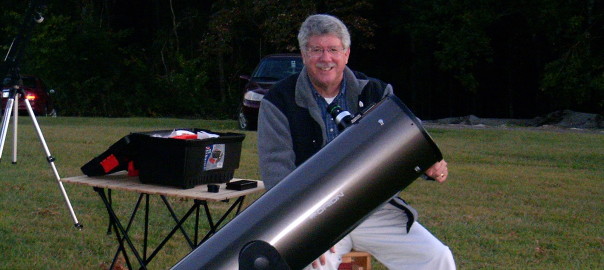You hadn’t seen the park since 1969?
I had visited the park in 1971 when I first got married to Ortrud Riedel, who I first met at Zion in 1969. I wanted to take my German wife up here. We stayed with Mary Shearer. This was in February of 1971, I then returned again in 1980 to stay over with David Lange. I introduced Lange to Park Service and I think he is now resource manager at Glacier. I didn’t return again until 1996. I came twice, once on my own and at the time I met no one who had any recollection as to who I was. Then I came back a month later, and ran into Tom McDonough. That was a refreshing experience. We just hit if off when we met each other. Meeting Tom got me inspired that maybe I could still do something here at the park. In all that time I was still trying to figure out ways to stay in touch with what’s going on. I even e-mailed Mark Bultenica to see if I could get involved with the limnology program, at the least in reviewing articles or commenting on stuff. At the same time I contacted Bruce Black on e-mail and he gave me your name. It was primarily through my contact with you that kept the thought going. When I had a week off, I volunteered to come back.
Earlier this week you talked a little bit about the place of Jack Donaldson, Harold Kibby and some of the researchers that were around at the time you were a graduate student.
There is one other person I need to mention. It’s Dr. Carl Bond in fisheries. Carl hired Jack Donaldson to start the limnological program in the College of Fisheries and Wildlife at Oregon State.
Hal Kibby was a park ranger here in 1965. In 1966 under the direction of Carl Bond, he began doing his limnological investigations and rapidly joined Jack Donaldson when he came on board in 1967. It was during the summer of 1967 that Hal Kibby performed his investigation of the surface water currents. There was a ranger patrol boat that Kibby used, which was essentially a speed boat. What he would do is fill turkey bags half full of water, and then label the turkey bags with marking pens. He threw these over the side and used a sexton to record where it was that he released each of these plastic bags. We’d go over to Wizard Island and have lunch for a couple hours and tell stories. When we went back out, we’d try to relocate those bags. Of course, we could only locate about half of them because they are very hard to keep track of once they’re in the water. Of those we located, we would mark where they were in comparison to where they were released. He would do these two or three times a summer. On the basis of that work, he produced a publication on the surface water currents at Crater Lake.


